Picture the 1920s: jazz music, flapper dresses, and a profoundly transformative era of living. For men, this decade heralded a dramatic evolution in style, moving away from rigid Victorian formality towards a more relaxed, yet undeniably sharp and confident aesthetic. Whether a burgeoning businessman navigating the bustling city streets or a “regular Joe” enjoying a clandestine speakeasy, what a man wore spoke volumes about his personality and place in society. This period laid the very foundation for 1920s mens fashion as we understand it today, blending classic sophistication with an newfound sense of fun and expression. Let’s delve into the dapper world of 1920s mens fashion and uncover the sartorial elegance that defined the Roaring Twenties, exploring how men expressed themselves through iconic suits, cool hats, and everything in between.
The Roaring Twenties: A New Era for Men’s Fashion
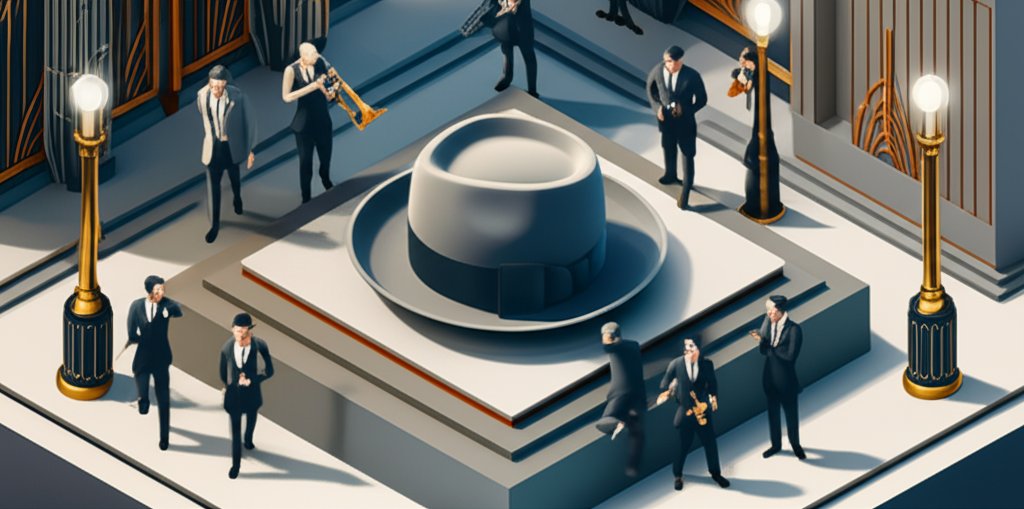
The 1920s marked a dramatic and welcome departure from the stiff, formal attire of the preceding Victorian and Edwardian eras. This newfound sense of freedom, optimism, and post-war exuberance permeated every aspect of life, including how 1920s style men dressed. 1920s fashion male attire embraced comfort without sacrificing elegance, creating a distinctive silhouette that was both stylish and practical. This decade is often cited as the genesis of modern 1920s menswear, setting trends that still resonate in contemporary styles.
Defining the Dapper Look: Key Elements of 1920s Mens Fashion
The overarching aesthetic of 1920s menswear leaned towards a classic sophistication, often with neutral colors dominating the main garments, while accessories provided vibrant pops of color and individuality.
The Suit: The Cornerstone of the Wardrobe
The suit was, without question, the quintessential garment for the 1920s fashion male. More than mere clothing, it was a profound statement of personal style, respectability, and social standing. The classic three-piece suit—comprising a jacket, vest (waistcoat), and trousers—became an enduring symbol of the era.
- Silhouette: Jackets featured wider lapels, which visually broadened the shoulders, creating a more imposing and confident upper body. Trousers were high-waisted, often wide-legged, and frequently cuffed, a style popularized by the Prince of Wales, which created the illusion of longer legs. The overall silhouette was looser and more natural than previous generations, allowing for greater comfort and movement.
- Fabrics and Patterns: While neutral colors like navy, gray, brown, and black formed the base for most suits, fabrics offered a rich variety. Pinstripes and subtle plaids were incredibly popular, alongside textured tweeds and warm wools, catering to different occasions and seasons. The quality of the fabric and tailoring often served as a subtle indicator of a man’s affluence.
- Widespread Adoption: Suits were practically a uniform for men in the 1920s, worn for almost every occasion except manual labor or active sports. This widespread adoption underscored the shift away from strict, multi-layered Victorian dress codes. Economic realities, however, meant that not all men could afford a full three-piece suit, leading some to creatively mix and match vests and trousers.
The Art of Detail: Shirts, Trousers, and Essential Accessories
The adage “the devil is in the details” perfectly encapsulates 1920s fashion men. It was the carefully chosen elements that truly elevated an outfit from merely “dressed” to undeniably “sharp.”, defining the essence of 20s mens fashion.
Shirts: The Foundation of Refinement
Crisp, well-fitted dress shirts were a non-negotiable component of a gentleman’s wardrobe. Narrow-striped shirts were particularly fashionable, offering a subtle contrast to suit textures.
- Collars: Details like collars, cuffs, and notably, detachable collars, added layers of refinement. Both the classic straight collar and the more distinctive club collar (with its rounded points) were prominent. Contrasting collars, often in a solid white against a striped shirt, gained immense popularity, lending a polished and sophisticated air. Materials typically included fine cotton and linen, ensuring comfort and breathability.
Trousers & Foundations: Suspenders and Belts
Beyond the jacket, trousers played a crucial role. High-waisted, wide-legged trousers defined the lower half of the silhouette. Crucially, these trousers were often held up with suspenders (braces), which were preferred over belts for their ability to create a cleaner, smoother line when worn with a vest. However, belts did exist, with some men favoring buckle belts, sometimes even monogrammed, for more casual ensembles or when not wearing a vest.
Footwear: Polished Steps
Two-toned oxfords, often with striking Art Deco-inspired perforations or designs, were the footwear of choice. Wingtips were also highly favored. A high polish was mandatory, reflecting the era’s emphasis on meticulous presentation. These shoes were not just functional; they were an integral part of the overall aesthetic, adding a touch of flair.
Hats: The Crowning Element
No 1920s fashion male ensemble was complete without a hat. Hats were both practical—offering protection from the elements—and powerful statements of style and social class, embodying the distinct 1920s style men aspired to.
- Fedora: A tilted fedora could exude an air of mystery and sophistication, becoming synonymous with the era’s suave characters.
- Trilby: A slightly smaller brimmed hat, similar to the fedora, also found its place.
- Flat Cap (Newsboy Cap): The flat cap or newsboy cap suggested a more relaxed, working-class, or sporting vibe, becoming iconic through figures like those in Peaky Blinders.
Accessories: The Personal Touch
Accessories were where men could truly inject personality and vibrant color into their often-neutral-toned outfits. These thoughtful additions were paramount to completing any 1920s menswear ensemble.
- Ties: Silk ties with bold geometric patterns, often in rich, vibrant hues, were essential. Bow ties also enjoyed considerable popularity.
- Pocket Squares: A carefully folded silk pocket square, often coordinating with the tie, added an extra layer of elegance.
- Cufflinks and Tie Bars: These small but significant details completed the look. Cufflinks offered an opportunity for subtle ornamentation, while tie bars kept ties neatly in place, embodying the era’s commitment to impeccable grooming.
- Pocket Watches: A classic pocket watch, often with a chain draped across the vest, was a functional necessity and a mark of sophistication.
Cultural Currents and Iconic 1920s Fashion Men
The cultural milieu of the Jazz Age was a powerful force shaping 1920s fashion men. The era’s vibrant energy encouraged a more relaxed and expressive approach to dress, while the clean lines and geometric patterns of the Art Deco movement profoundly influenced streamlined silhouettes and accessory designs. Understanding these cultural currents provides deeper insight into the evolution of 1920s menswear. Hollywood’s burgeoning glamour also played a starring role, with actors like Rudolph Valentino becoming influential style icons, their on-screen wardrobes setting trends nationwide.
Hairstyles and Grooming: The Polished Finish for 1920s Style Men
Beyond the threads, the presentation of a man’s hair and face was paramount to the overall 1920s style men embraced. The era emphasized a meticulously groomed appearance, rejecting the wilder, unkempt looks of previous periods.
- Slicked-Back Hair: The quintessential hairstyle for 1920s menswear was undeniably neat and often slicked back with pomade or brilliantine. This created a smooth, glossy finish, reflecting the era’s dedication to polished presentation. Side partings were common, adding to the sophisticated aesthetic. Whether short or slightly longer, the goal was always control and a clean silhouette.
- Clean-Shaven or Well-Maintained: While the full beard was largely out of fashion, a clean-shaven face was the norm, reinforcing the image of a refined gentleman. For those who sported facial hair, a neatly trimmed mustache was the only acceptable option, often thin and precisely shaped, mirroring the era’s geometric influences. This attention to detail in grooming was a crucial component of the overall 20s mens fashion statement.
Popular TV shows and movies such as Peaky Blinders, Boardwalk Empire, and Downton Abbey have reignited the appeal for 1920s mens fashion today, showcasing the distinctive styles of figures ranging from the dapper gangster to the sophisticated aristocrat.
- The Gatsby Effect vs. The Gangster: These two archetypes perfectly illustrate the range within 1920s male style. Jay Gatsby, the epitome of elegance and wealth, favored luxurious fabrics, lighter-colored suits, and immaculate presentation. The “gangster” look, on the other hand, often exuded a darker, more audacious vibe with pinstripes, darker shades, and a rakishly tilted fedora. While The Great Gatsby solidified a specific vision of 1920s style, historians note that Hollywood’s portrayal often presented a romanticized, aspirational version, rather than fully representing everyday attire.
Beyond Formal Wear: The Casual Revolution and Sportswear
While the suit remained paramount, the 1920s also witnessed a significant rise in casual wear, reflecting an increasing interest in leisure and sports.
- Knitwear: Sweaters and cardigans gained immense popularity, celebrated for their comfort and practicality. These were often worn for casual outings, sports, or layered under jackets for warmth, expanding the versatility of 1920s menswear beyond formal occasions.
- Oxford Bags: These extremely wide-legged flannel trousers, often worn by university students, symbolized youthful rebellion and a further step towards relaxed dressing.
- Sportswear: The growing interest in golf, tennis, and other sports led to a greater acceptance and development of specific sportswear, further emphasizing comfort and freedom of movement.
From Gatsby Glamour to Everyday Style: Embracing 1920s Fashion Today
The enduring appeal of 1920s mens fashion is undeniable. Its influence continues to be seen on modern runways, red carpets, and in contemporary men’s style, proving that true elegance is timeless.
For those heading to a 1920s-themed party or simply wishing to infuse their modern wardrobe with vintage flair, incorporating elements of 1920s style men is a fantastic approach. It’s not about merely replicating an entire historical outfit, but rather about capturing the era’s confidence, sophistication, and meticulous attention to detail.
Essential Elements for a Roaring Twenties Look Today:
- The Suit: Opt for a well-tailored suit in navy, gray, or brown. Pinstripes or subtle plaids are excellent choices. A three-piece ensemble with a vest instantly elevates the look.
- The Shirt: Pair with a crisp dress shirt. Striped shirts with contrasting club or straight collars are authentically period.
- The Trousers: Choose high-waisted, wide-legged trousers, preferably worn with suspenders for that distinctive silhouette.
- The Shoes: Polished oxfords or wingtips are essential to complete the refined aesthetic.
- The Hat: A fedora, trilby, or flat cap will add an authentic and stylish touch.
- The Accessories: Don’t forget the power of accessories. A silk tie with a bold pattern, a pocket square, cufflinks, and a tie bar will add the finishing touches, reflecting the era’s dedication to detail.
By understanding the key components, cultural influences, and iconic styles of 1920s mens fashion, you can confidently embrace its lasting legacy and infuse your own wardrobe with a touch of that legendary Jazz Age glamour, reflecting the very best of 20s mens fashion.
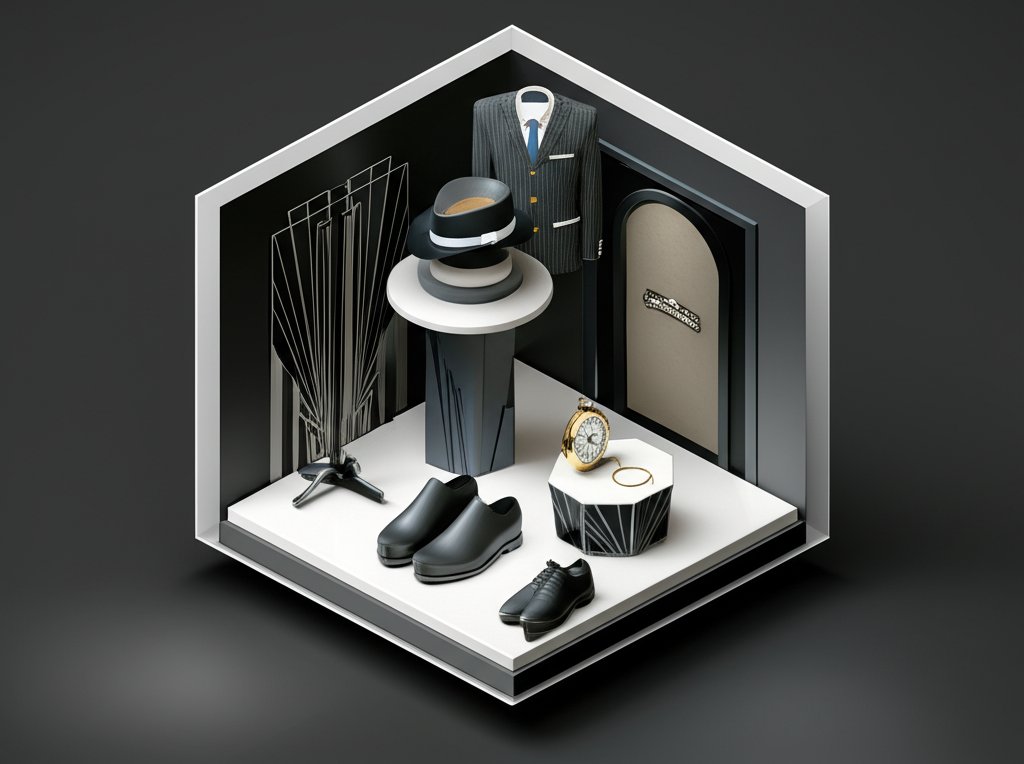

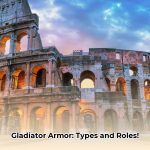


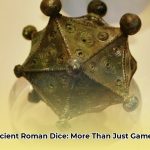



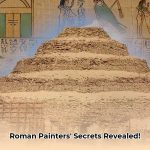
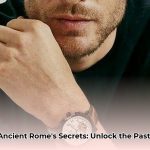
1 thought on “The Well-Dressed Man of the Roaring Twenties: A Guide to 1920s Men’s Fashion”
Comments are closed.